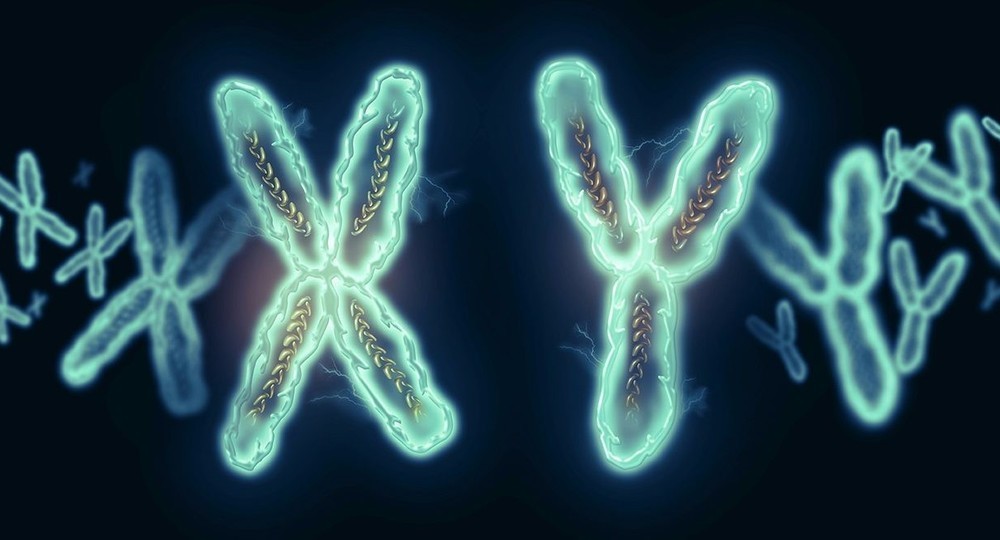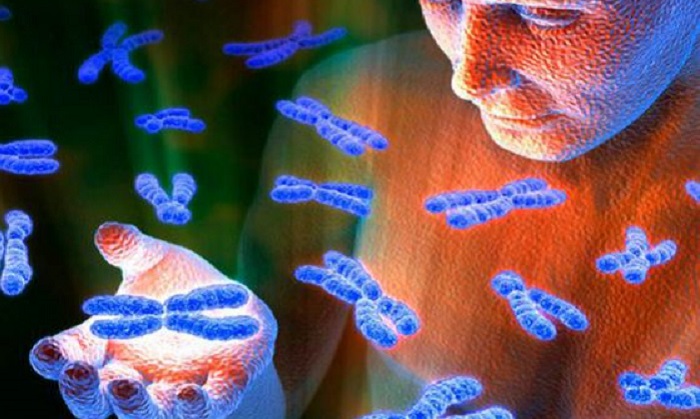No two individuals are exactly alike; even twins have their distinctions, as each may inherit varying degrees from their parents in certain traits. Consequently, every person on Earth possesses a completely unique set of characteristics.
It is commonly thought that children resemble their parents to some extent, leading us to anticipate that our offspring will inherit our characteristics, ideally the positive ones. Upon a baby’s arrival, family members often scrutinize the newborn, searching for familial traits. However, scientific advancement continues, and researchers have now determined precisely which attributes are passed from the father and which from the mother.
Boy or girl?
The sex of a child is determined solely by the father. A woman always transmits the X chromosome, while a man can pass on either an X or a Y chromosome, each with a 50% probability, due to the equal segregation of chromosomes.
An intriguing fact is that the likelihood of having a boy is slightly higher than that of a girl. This is attributed to the fact that male infants, surprisingly, are more vulnerable than females.
Children are more likely to look like their mother
Boys often resemble their mothers, which is supported by scientific evidence. Girls inherit one X chromosome from each parent, giving them an equal likelihood of resembling both their mother and father.
When discussing genetics, the Y chromosome has a lesser role in determining a child’s appearance compared to the X chromosome. Consequently, boys tend to resemble their mothers more closely. Girls, on the other hand, may inherit features from either parent, often resulting in a blend of both parents’ appearances.
Dominant traits
Family traits frequently run in the bloodline; for example, a distinctive nose from an ancestor might recur across several generations. The Habsburg dynasty serves as a historical illustration, famous for their unique extended lower jaw and pronounced nose, characteristics perpetuated through the lineage.
Eye color is not determined by a single gene but by a group of genes inherited from both parents. Brown eye color is the most common globally because it is a dominant trait. Consequently, the likelihood of a child having brown eyes is greater than that of having blue or gray eyes. Light-colored eyes are more likely to occur if there have been no brown-eyed individuals in the family for several generations.
However, there are exceptions. A child can be born with blue eyes to brown-eyed parents if light-eyed ancestors are present in the family tree. Conversely, if all family members have dark eyes, the child will likely also have a dark eye color, making blue or green eyes an unlikely possibility.
If family members are of Asian descent, there is a significant likelihood that children will inherit the characteristic narrow eye shape, as Asian traits are often dominant over European ones. Dominant traits can also include long eyelashes, a gap between the front teeth, dark skin, dark hair, and curly hair. If a parent possesses any of these traits, it is highly probable that their children will also inherit them.
Inheritance is not limited to physical traits; diseases can be passed down as well. The presence of visual impairment in the family may increase the risk of poor eyesight in offspring. Likewise, dental issues and problematic skin can be inherited.
Mothers may transmit conditions such as glaucoma, osteoporosis, migraines, and depressive disorders to their daughters, along with body shape and other female characteristics. Fathers may pass on the structure of the jaw and dental health to their sons.
It should be noted that genetics is not a precise science. Predicting the appearance of a future baby with absolute certainty is not possible, as nature always introduces its own variations.
What are your thoughts on this?





